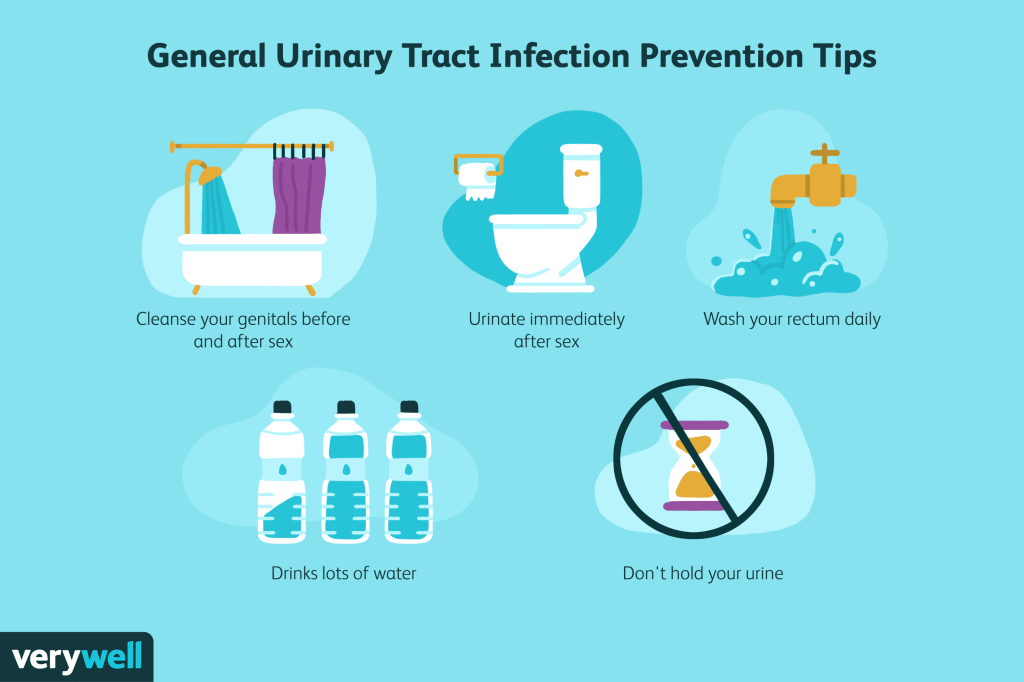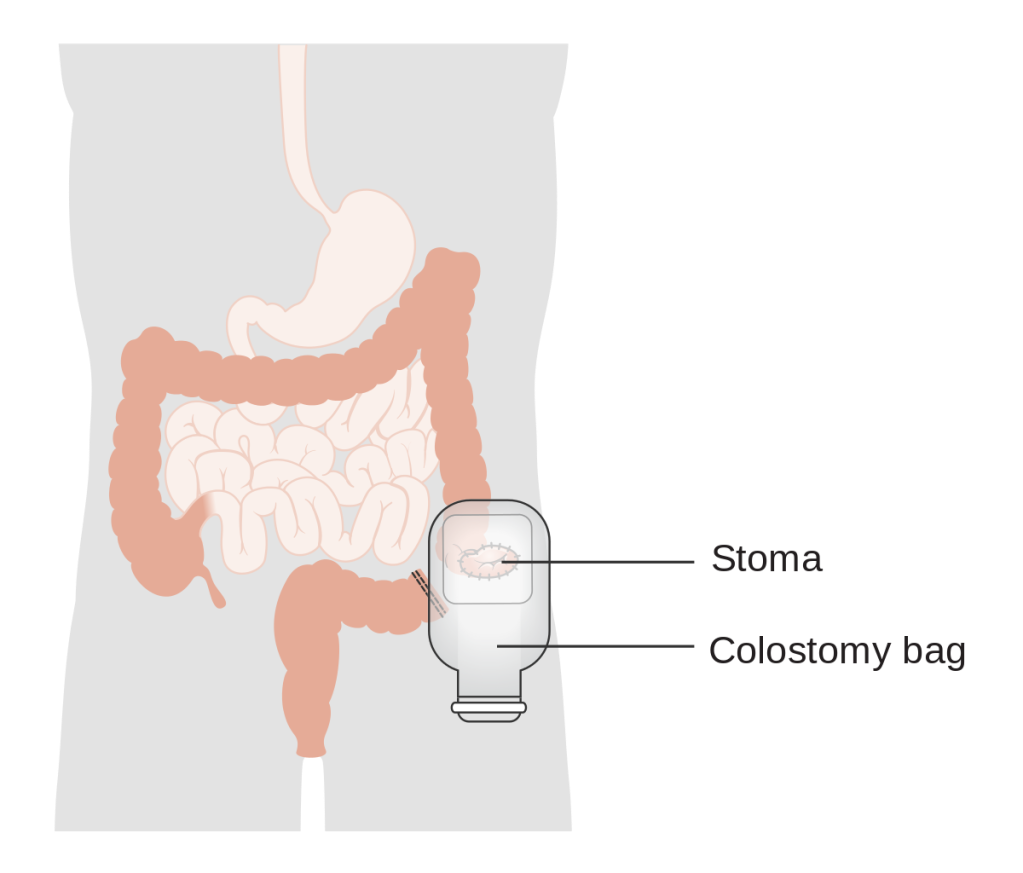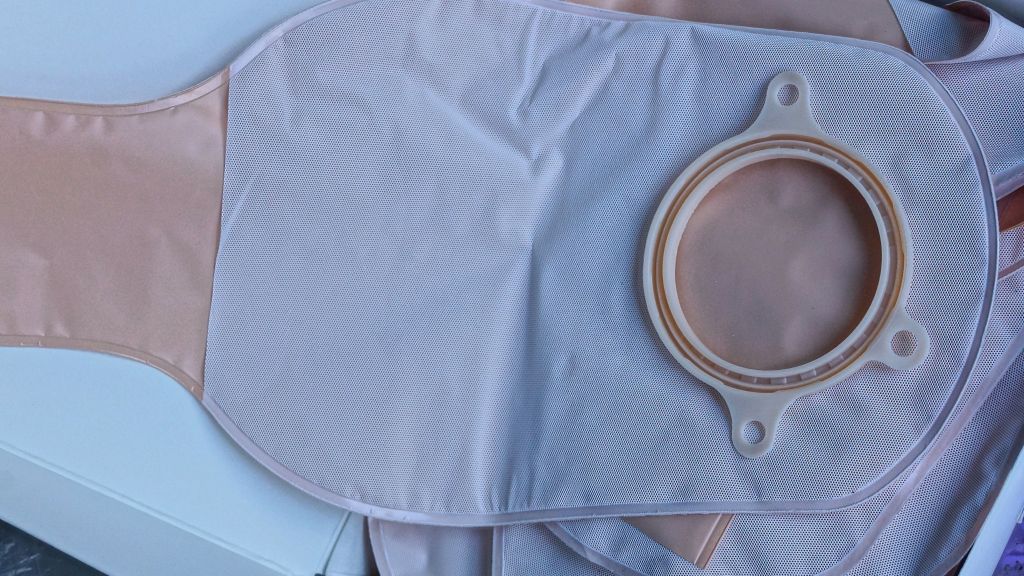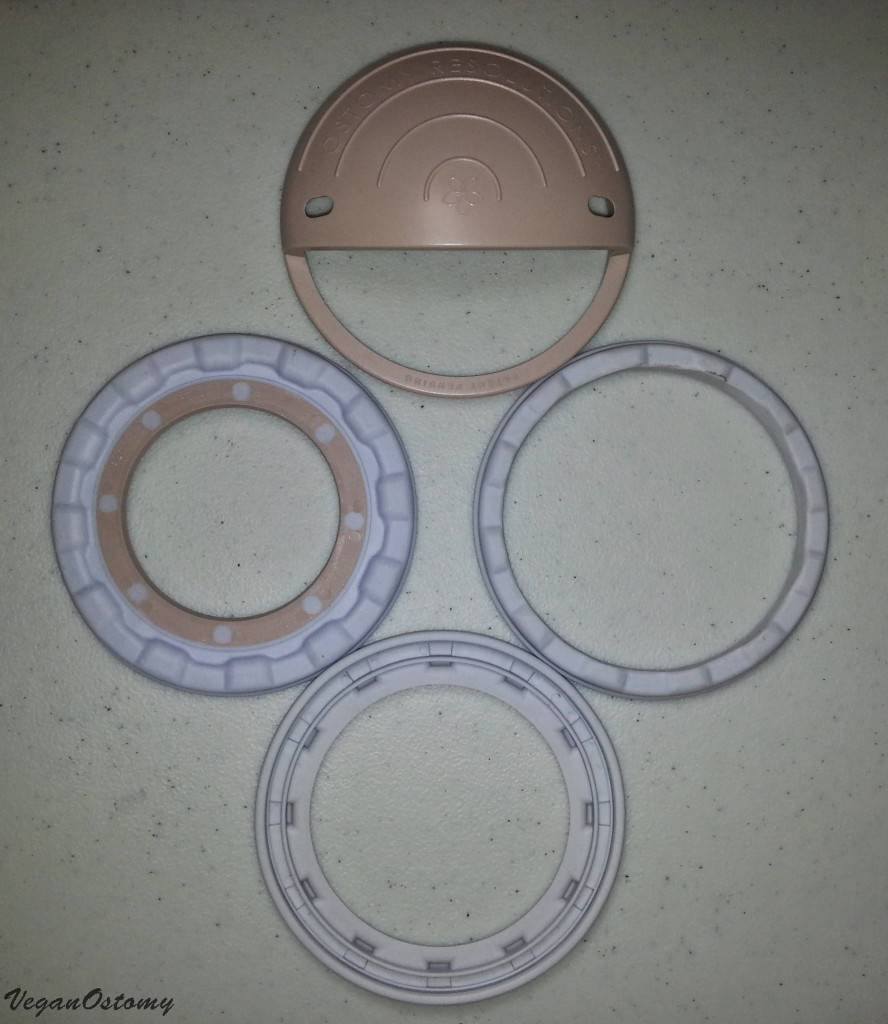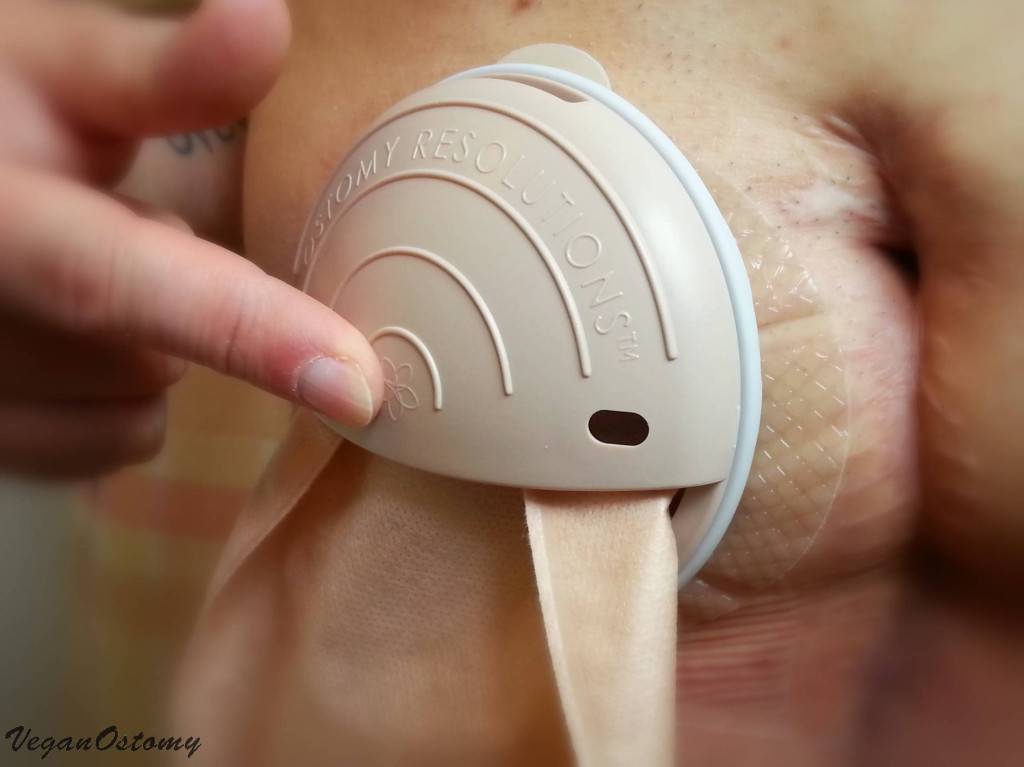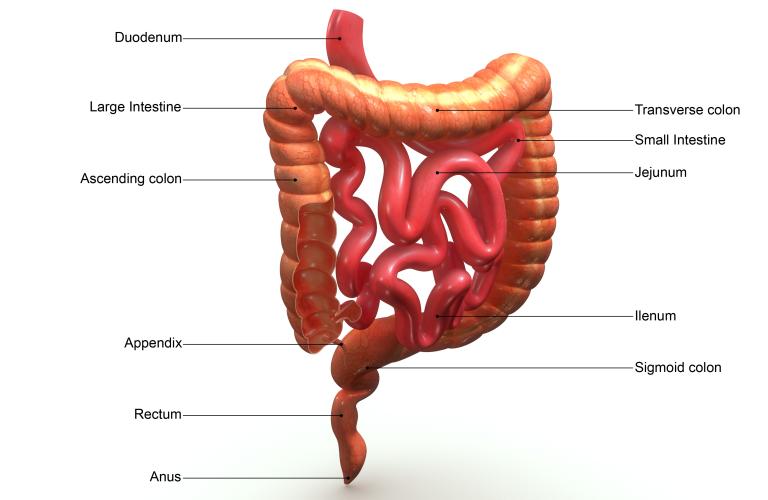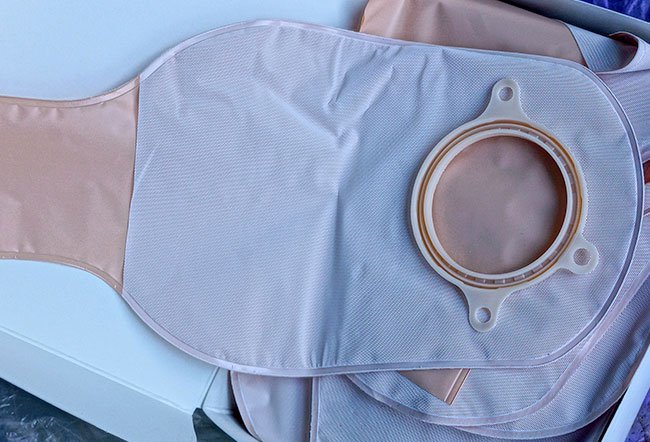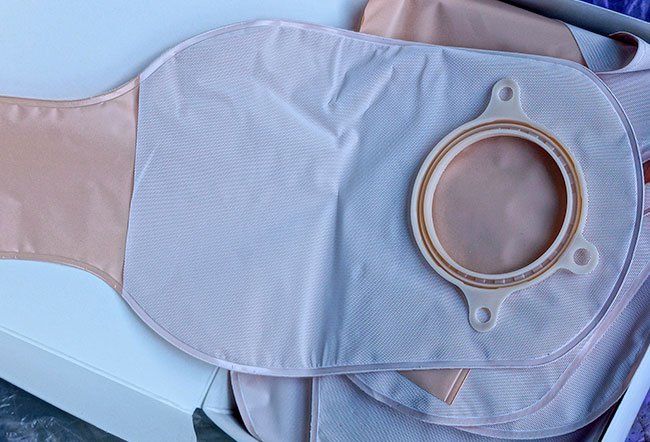As a woman if you plan on getting pregnant and have a stoma there is no need to worry about what will happen. Most women that have an ostomy have very healthy pregnancies with little to no complications.
There are many significant changes that will occur within your body. One of the main ones is the stoma. The diameter, height and degree of protrusion will change, as well as the woman’s skin contours. As the child grows bigger within the womb, the stoma might start to protrude less, the skin around it may start to flatten, or the diameter might increase. The stoma may even retract or become very flush as the pregnancy progresses. The functions of the stoma will most likely not change.
Although you could see as you get closer to the third trimester the need for new flange due to changes in the stoma height, diameter or skin contour changes. Some people see a dramatic change with the skin contour or the stoma itself. This just means that you should not purchase a large quantity of an item since you might not be using it for more than a few weeks. Major ostomy supply companies have a program that allows you to sample their products. This can help you get what you need for the proper amount of time. If this doesn’t sound like something that you would want to do, using an ET Nurse to help you figure out what supplies you need and how much of it is another option. As you grow, you may find that you can no longer see what you need to do for stoma care. Using a mirror can help you, as well as using a container set on the sink, or a longer pouch to help empty into the toilet.

After you deliver your baby you will once again notice significant changes to your body and stoma. Delivering the baby might have your body have more wrinkles than before as well as your skin being less taut. This can cause your stoma to protrude again. Again, this is why it is good to use a sampling of a company. You will be able to find exactly what you need to make sure your stoma is working for you. Some people also find that they may not go back to the weight they were before, meaning that you might not even use the equipment you were before. Making sure that you are constantly keeping your doctor in the know of what is going on is best.
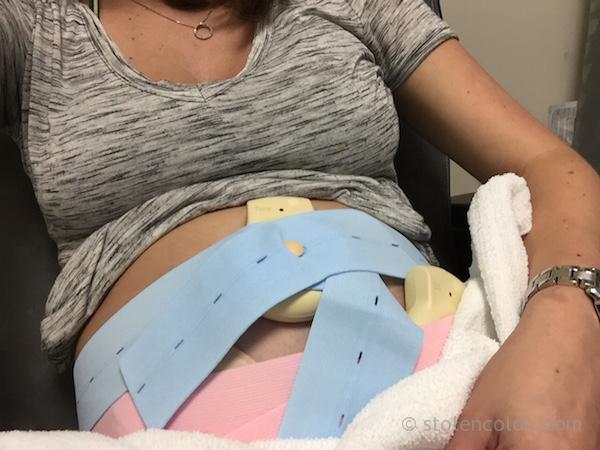
There are some complications that can happen after the birth of your child. A prolapsed stoma can occur. This means that there is an abnormal lengthening of the stoma has occurred. The other complication that can happen is a parastomal hernia. This means that you have a hernia located around the ostomy. Talking with your ET nurse can help figure out if one of these complications has occurred. Your ET nurse will also be able to figure out what next of care will be. Making sure that you are in contact with your health care team will make your pregnancy enjoyable for both you and your family.

